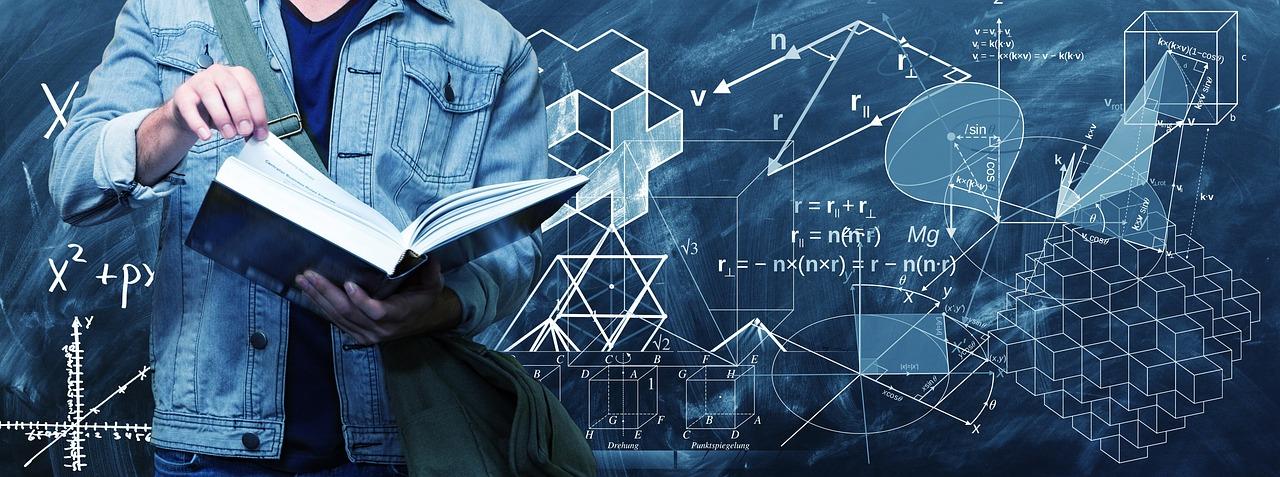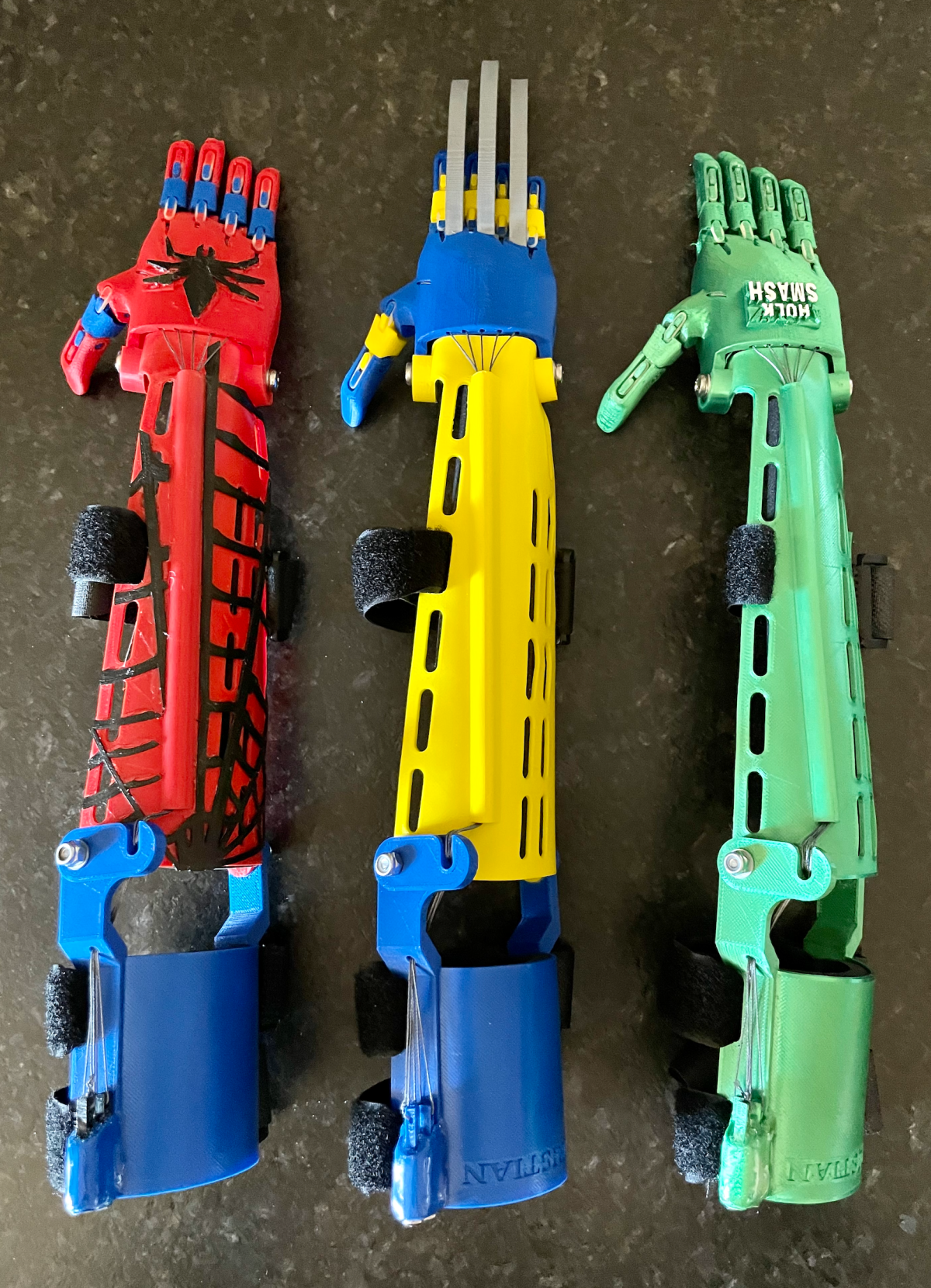
Angles in Navigation
by Karen Larsen
This lesson is an activity to see what an angle is and how is can be used to approximate the time of day or even navigating vessels by measuring other celestial bodies. Students will use sextants to measure the angle of the sun and approximate the time of day by drawing triangles on a graphs using the horizon as the x axis.
Lesson Plan Link/URL
https://docs.google.com/presentation/d/1P5NsXkisqJ6zcbCfOrudtRaodGG7COXQ/edit?u…Subject Area
Science Physical Science P2: Objects at a Distance Earth and Space Science E2: Earth & the Universe Technology 1. Empowered Learner 5. Computational Thinker Mathematics Measurement and Data (MD) Geometry (G) Ratio and Proportion (RP) Algebra (A) Reasoning with Functions and Relations (RFR)Related Content

Grades:
6th Grade, 7th Grade, 8th Grade, 9th Grade, 10th Grade, 11th Grade, 12th Grade
Be a part of the humanitarian effort and teach students how to create a fully functioning 3D printed prosthetic arm for a client in need. This lesson walks you through the process in a slideshow

Grades:
7th Grade, 8th Grade, 9th Grade, 10th Grade, 11th Grade, 12th Grade
Students will use projectile motion as practical example to better understand how parabolas (quadratic equations) are built. Students will also tabulate x and y values on Google Spreadsheets and graph

Grades:
7th Grade, 8th Grade, 9th Grade, 10th Grade, 11th Grade, 12th Grade
Dive into the physics and engineering and programming of holonomic drives! Learn to code and control movement for your FTC robot with hands-on activities and real-world applications.